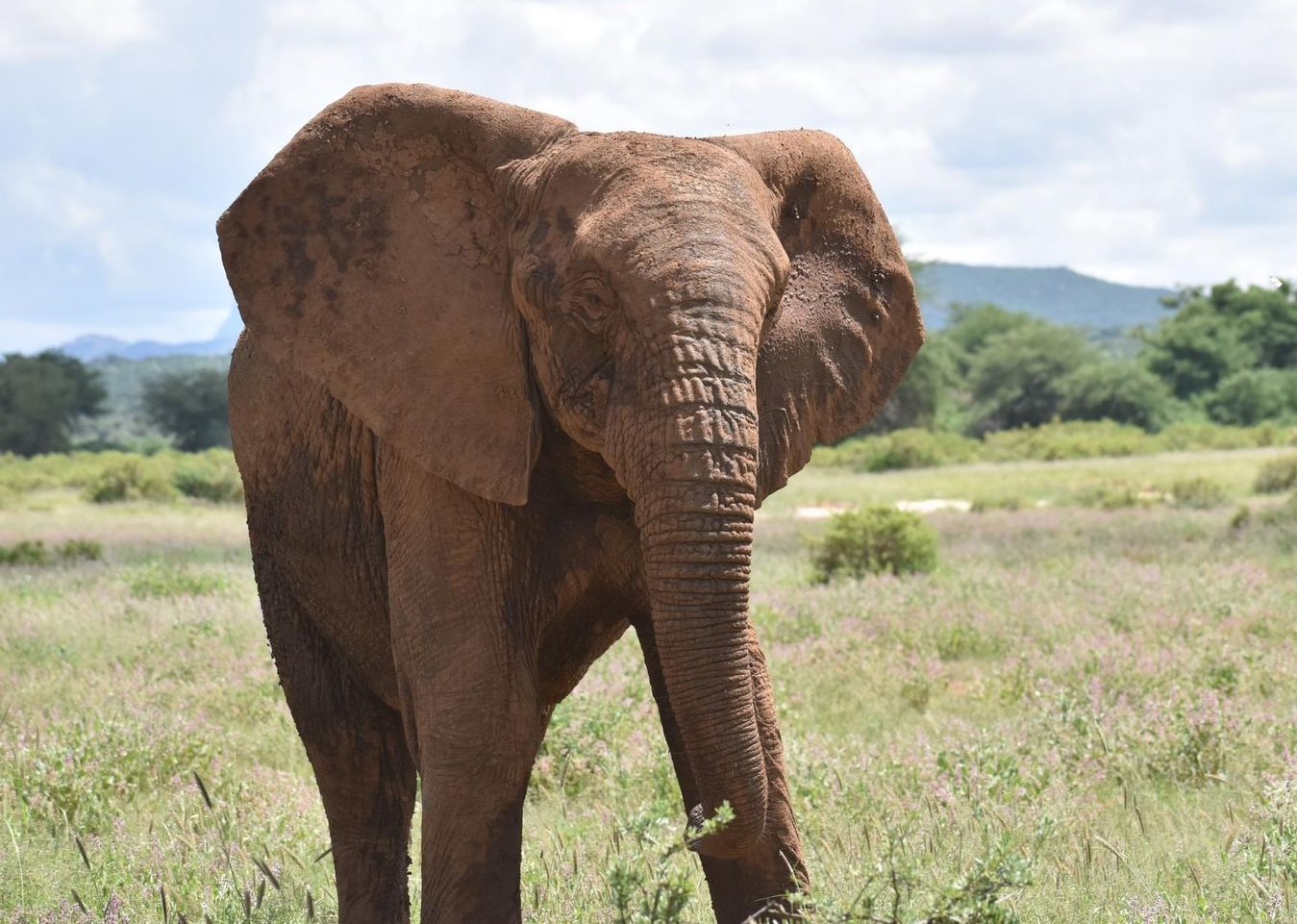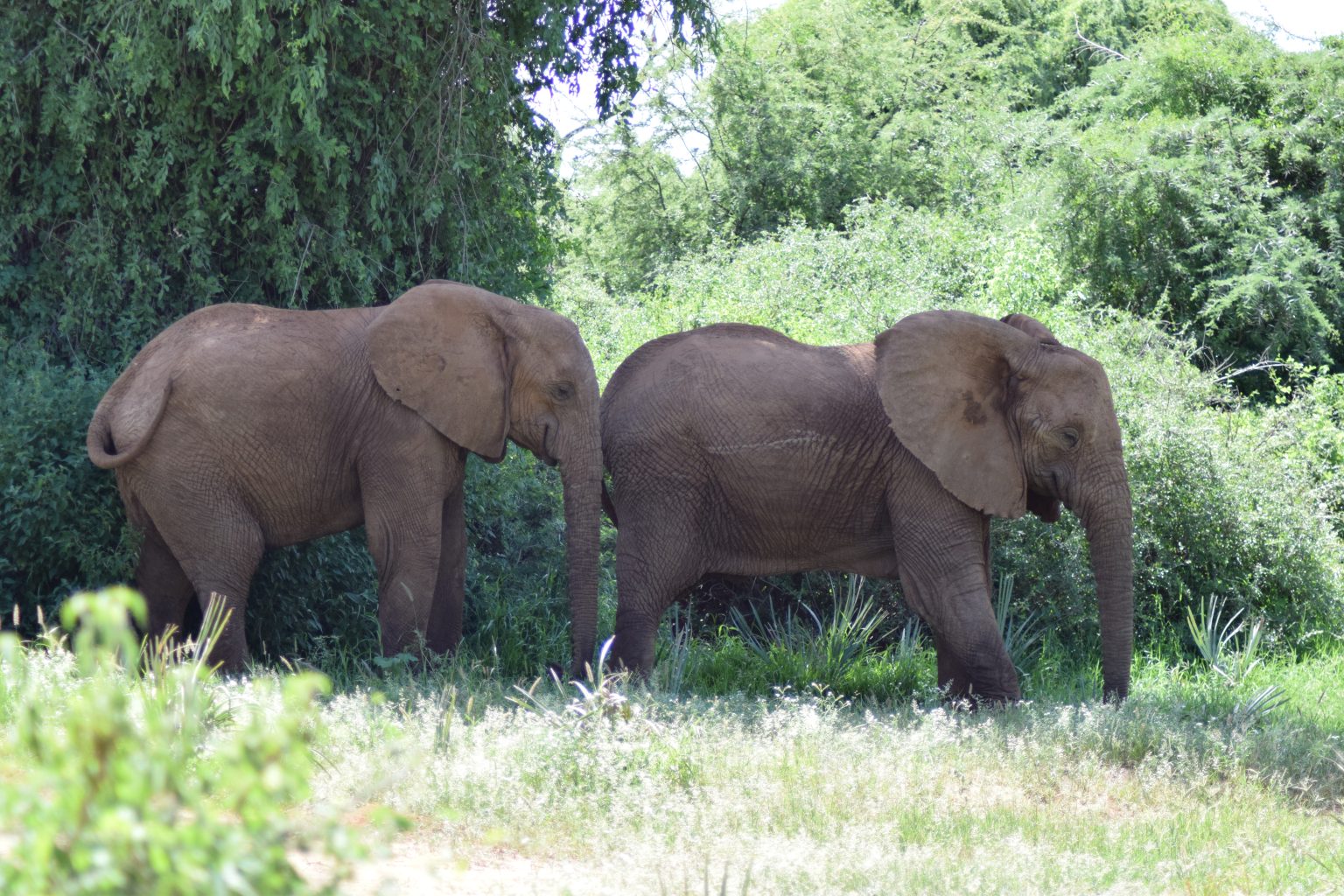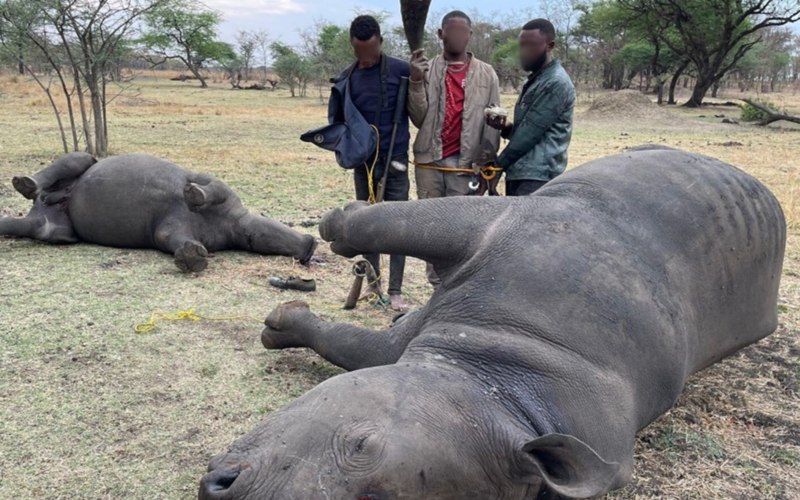Mystery of tuskless male African elephant in Samburu leaves scientists puzzled

The discovery of a tuskless male African elephant in northern Kenya challenges genetic norms.
Save the Elephant researchers in Samburu are struggling to unravel the mystery of the first publicly documented case of a male African elephant born without a tusk.
The intriguing discovery, published in a scientific study last week's publication of Pachyderm, challenges established genetic evidence suggesting that only female elephants are born tuskless.
More To Read
- Elephant conservation pioneer Iain Douglas-Hamilton dies at 83 in Nairobi
- Amboseli National Park welcomes rare twin elephant calves
- Ganze residents in Kilifi live in fear as elephant attacks escalate
- Ebony and ivory: Why elephants and forests rise and fall together in the Congo Basin
- Do elephants make deliberate gestures to ask for things? Our study says yes
- Elephants kill herder in Kitui as cases of human-wildlife conflict rise
According to the report released by Save the Elephant, the 13-year-old tuskless male, from a family known as the Hawaiian Island.
He was first discovered in 2011 as a very young calf by Save the Elephant’s Director of Field Operations, David Daballen in Samburu National Reserve.
“Although researchers continued to monitor his progress, he never grew any semblance of a tusk, a feature that normally emerges around the age of two and half years,” reveals the report.
His mother, named Kauai, is also tuskless, leaving scientists to question whether he inherited the tuskless condition from her.
The report says the presence of a tuskless African elephant was a mystery and appears to defy established genetic evidence.
To unravel the mystery, the researchers will require further genetic evidence.
 The mother of the tuskless male elephant (right) with her calf when he was 13 years old. (Photo: Alice Clark/Save the Elephants)
The mother of the tuskless male elephant (right) with her calf when he was 13 years old. (Photo: Alice Clark/Save the Elephants)
Save the Elephants appealed to the elephant research community in Africa to provide evidence of congenital male tusklessness in savanna elephant bulls.
They said the move will assist them in establishing a comprehensive database that will help map the distribution of tuskless male elephants on the African continent and understand whether or not the male tuskless condition was restricted to certain populations or connected with environmental characteristics.
Save the Elephants implored anyone with a photograph or video of a tuskless male African to send it, along with details about the location of the sighting and any additional information.
In the long term, the researchers were willing to conduct a genetic investigation on the tuskless bull, to find out whether or not male tusklessness was an inherited condition.
Top Stories Today


















































